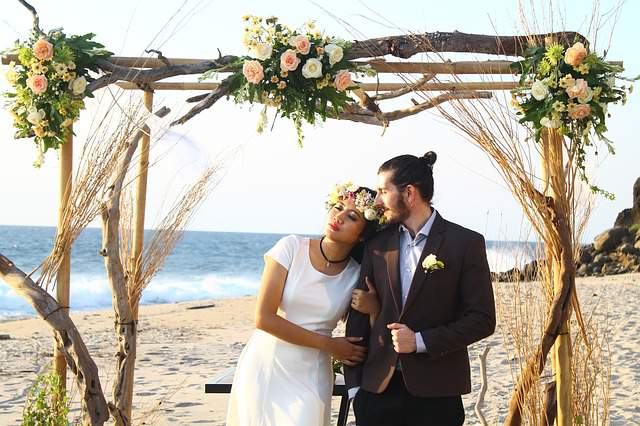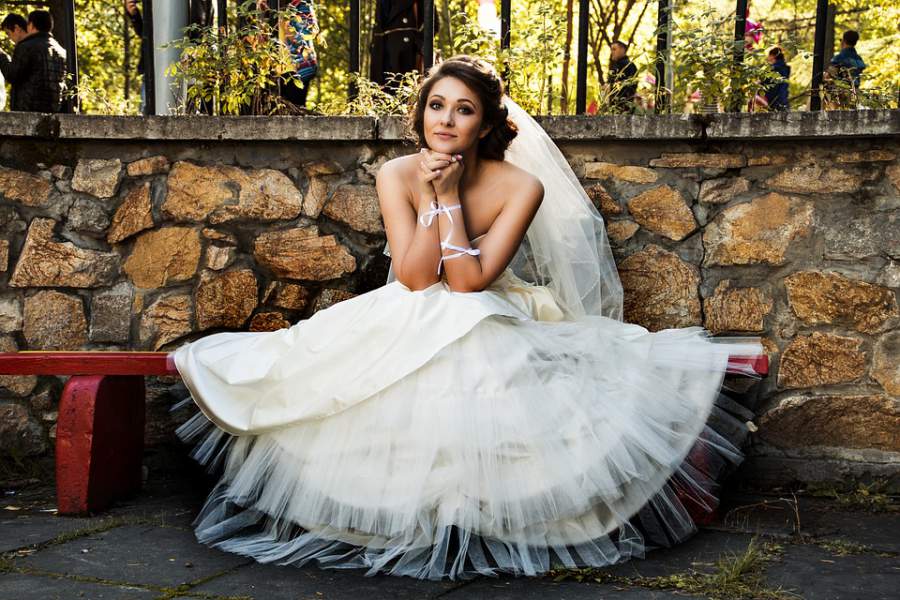Attending a wedding ceremony these days, with its various concept and theme, makes it hard to imagine that it has been around for a long time. But wedding, a sacred ceremony that unites two persons who love each other, is indeed as old as humanity itself. Are you interested with its history, how did it start and evolve?
In this article, you’ll find out how primitive people held their wedding and how people from different geographic location adapt the same ceremony and make it their own.
History of Wedding Ceremony
People started to feel the need of wedding as civilization grew and possession of land and wealth became important matter. Wedding then seen as a tool to unite the wealth of two different families, as well as tool to pass a family wealth to the offspring. Because of that reason, wedding at the primitive era is seldom about love and often about power and wealth. In some culture, one even met their spouse for the first time at the wedding day!

However, as feudalism fell, people now have another way to earn wealth: by working. This gradually changes how people marry. Instead of seeing marriage as a way to earn wealth, they see marriage as a way to unite a love between two people, to officially give them a formal tie that is recognized by church, states and public.
This paved the way for legalization of same-sex marriage. Because the reason for marriage is to unite love, there is no reason to deny same-sex couples the right to marry. By 2017, 22 countries in the world (or part of them) have legalized same-sex marriage.
Facts about Wedding Ceremony

While wedding ceremony and reception procession differs between regions, depending on the culture and religion influencing those regions, interestingly they contain the same main event. Usually, wedding ceremony all around the world will have these components:
- Marriage Vows: Christian wedding has a marriage vow that the groom and the bride should proclaim to each other in front of a wedding officiates. There are various version of the vow, depending on the regions, culture and even denomination of the religion.
Catholic, Hindi and Moslem wedding have similar procession. - Gift: Gift exchange is another component that one will find always present in wedding ceremony. The most popular and widely recognized gift is a wedding ring from the groom to the bride. Again, depending on the culture and religion, the gift doesn’t have to be a ring as much as it doesn’t have to be from the groom for the bride.
- Proclamation of Marriage by Authoritative Figure: One of the purposes of marriage is for a couple to have their bond legal and recognized by public, church or state. To fulfill this purpose, the couples need to have at least one authoritative figure (it can be a religious figure or government officiates) to proclaim that the marriage procession is complete and the marriage is legal.
- Wedding Garment: Most of the regions, religions and cultures in this world see marriages as a sacred, special event. Therefore, the garment they wear for the occasion is special. Usually they are far more luxurious than their daily clothes.
In Europe, America and Australia, white wedding garment become the norm of marriage since Queen Victoria’s wedding - Wedding Reception: In most part of the world, wedding is a festive event. People throw feast, sometimes for hundreds of people for days. They are encouraged to be happy and enjoy the moment, therefore a lot of cultures also play music during wedding as well as conduct dance time or game time.
History of Wedding Planning
Wedding has been around since a long time, and every wedding require a wedding planning, no matter how simple it is. For centuries, the family of the bride and groom are usually the main planner for the wedding. The family will discuss when and where the wedding should take place and who should be invited. If the wedding is particularly big because they come from a noble family, then the servants and extended family will be obliged to help as well.

Professional wedding planner has been around since a long time ago. However, usually only those of with high position in the society use them, because they need help to plan and execute a big wedding party.
In 21st century however, more people works more hours. It is common for both groom and bride to work, as well as their parents and siblings. This leaves no one to be able to take the job of planning and executing a marriage. The need for someone to do the wedding planning for working people are increasing, including for people from the middle to low income families. Thus, wedding planning services bloomed in the 21st century.
The increasing numbers of wedding planning makes this industry brimming with creativity. Numerous wedding concepts are born from the brilliant mind of wedding planners. If in the old time people only wed in church or their own house, now people can even hold their wedding abroad. This concept is called Destination Wedding, where the bride, groom and their invitee have a fun vacation wedding for several days.
History of Wedding Dresses
The history of wedding dresses is so interesting it deserves a special explanation on its own. Ever since in the middle ages, people see wedding as a sacred event, therefore usually they will complete the wedding ceremony possession in their best dresses.

Nowadays, it is common to see bride wearing white wedding dresses. In fact, it is so common that we assume every bride must wear white. The history, however, shows that white wedding dress becomes popular only after Queen Victoria wore white lace dress at her wedding in the 19th century. However, public loves how the purity and innocence the white color symbolize suits a bride, and therefore white wedding dress becomes popular.
In eastern culture such as Chinese or Japanese, brides prefer to wear read wedding garments because it symbolizes auspiciousness and prosperity. Indian and Arabian culture also prefers colored garments compared to white.
Learning about history is usually difficult, but history of wedding is too interesting to pass up. Do you know any other fact about history of wedding from cultures all around the world? Tell us what you know in the comment.
